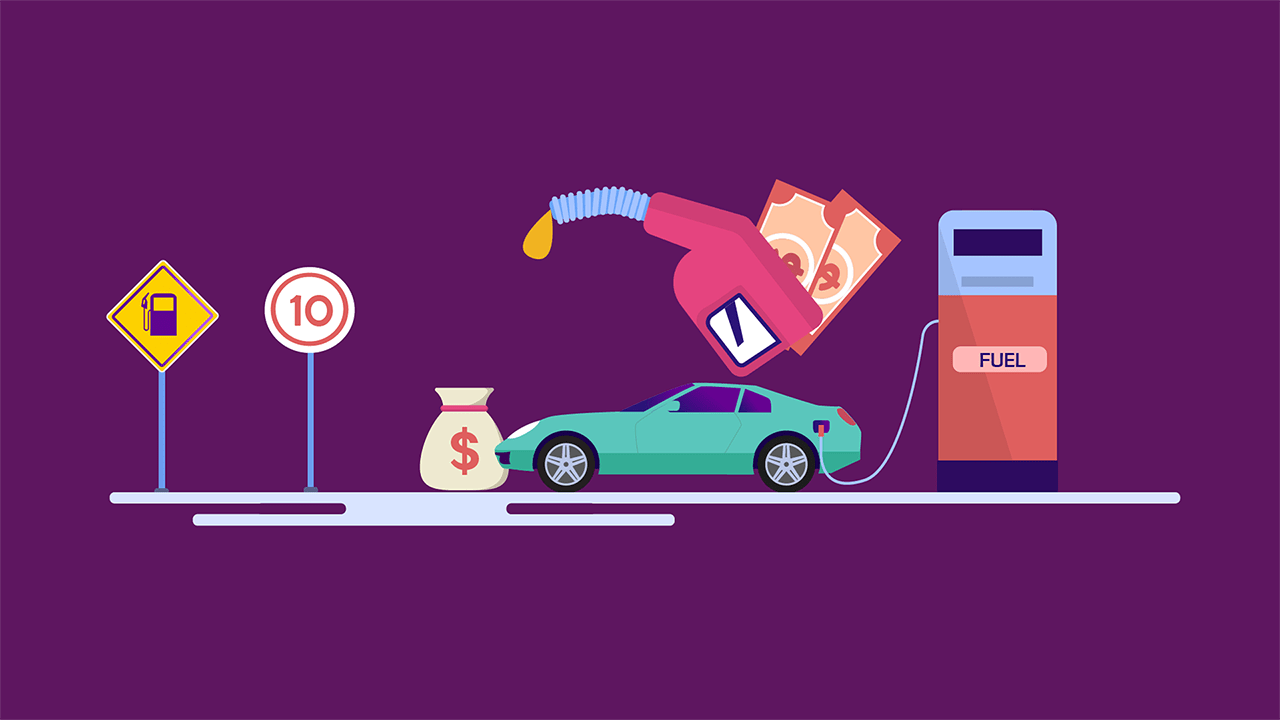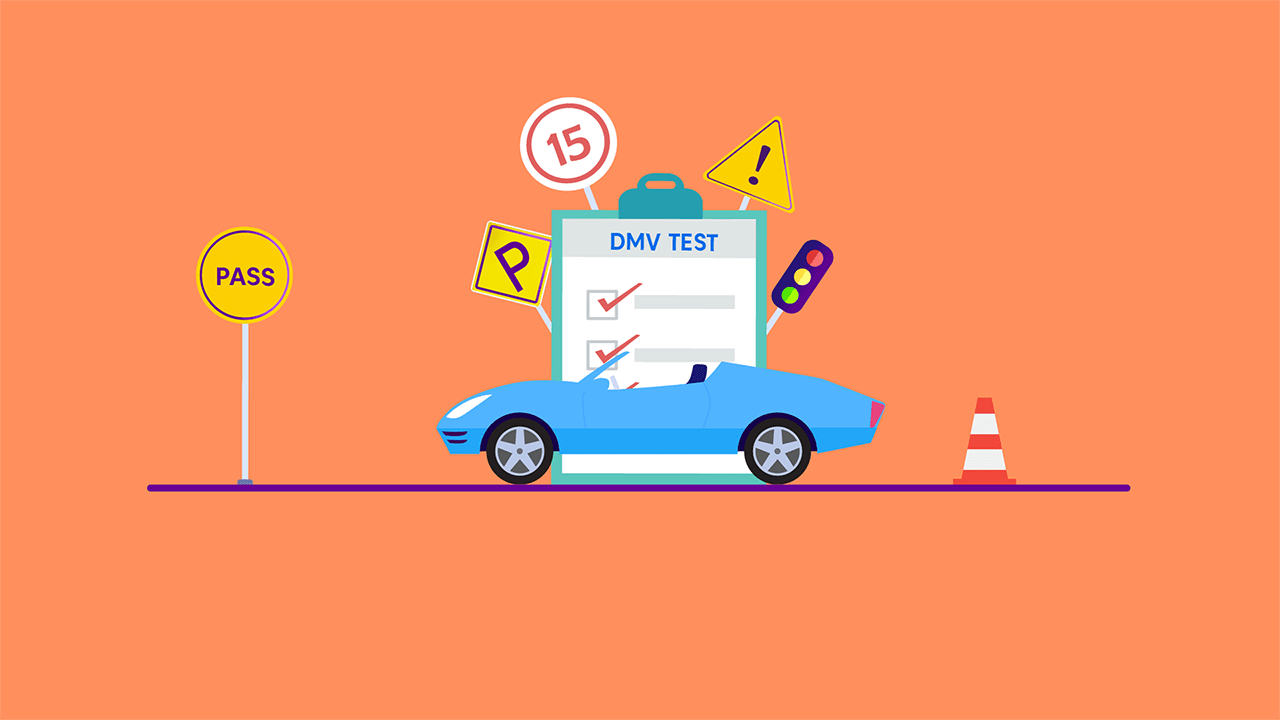Stay Safe and Shine Bright: Sun glare Driving
By Umm e Hani on Apr 17, 2024Contents
- How to Drive Safely in Bright Sunlight
- Wear Sunglasses
- Use Your Sun Visor
- Find a Safe Spot if Needed
- Choose the Right Time to Drive
- Maintain a Safe Following Distance
- Practice Defensive Driving
- Consider Tinting Your Car Windows
- Keep Important Safety Supplies in Your Car
- Be Cautious During High-Traffic and Vacation Seasons
- Ensure Your Vehicle is Hot Weather Ready
- Protect Your Skin from Sun Exposure
- Tips for Protecting Your Car's Interior from Heat
- Tips for Preserving Your Car's Exterior in Hot Weather
- That’s A Wrap!
- FAQ
Driving in bright sunshine can be challenging and sometimes risky. Many accidents occurring in the early morning or late afternoon have been attributed to the blinding effects of the sun. The intense heat can also damage your car's exterior and interior.
To stay safe and prevent expensive auto repairs or accidents, here are some simple tips for sun glare driving.
How to Drive Safely in Bright Sunlight
1. Wear Sunglasses
Sunglasses are a valuable tool for reducing the glare from intense sunlight and protecting your eyes from harmful UV rays. It's a good idea to invest in a stylish pair of sunglasses and keep them in your car, so you're prepared for those sunny driving conditions.
2. Use Your Sun Visor
An effective way to block out bright sunlight is by using your car's sun visor. Most vehicles come equipped with sun visors that can be adjusted to shield your eyes from the sun, whether it's coming from the side windows or the front windshield. Rest assured that these visors are designed to keep your vision clear while blocking the sun's rays.
3. Find a Safe Spot if Needed
When intense sunlight makes it challenging to see the road clearly, take these steps:
- Slow down and use lane markings as a guide.
- If visibility is extremely poor, consider pulling over to a safe location.
- If you can, wait for about ten minutes until the sun changes its position.
- On the highway, reduce your speed to ensure safety.
- Resume your journey after allowing some time for the sun to move.
4. Choose the Right Time to Drive
Avoid driving during the sun's brightest hours if possible. Bright sunlight often occurs during peak traffic times, and it can be challenging. Wait until the sun is lower in the sky, either early in the morning or later in the evening, to start your journey.
5. Maintain a Safe Following Distance
When driving with sun glare, your visibility and reaction time may be compromised. If the sun is directly in your eyes, it becomes difficult to see what's happening ahead. Enhance your visibility by turning on your headlights, and be sure to keep a safe distance from the cars in front of you, as well as those behind you.
6. Practice Defensive Driving
When dealing with intense sunlight, practicing defensive driving is crucial. Defensive driving involves:
- Prioritizing safety above all else.
- Being vigilant about your surroundings.
- Not assuming that other drivers will always act responsibly.
- Adhering to posted speed limits.
By following these defensive driving principles, you can stay safe in challenging bright sunlight conditions.
7. Consider Tinting Your Car Windows
For a cost of a few hundred dollars, specialized auto shops can apply window tinting to your car. This involves covering your windows with a thin, transparent film. The tinted film helps block a portion of the sun's rays from entering your vehicle, making it more comfortable for you. However, be sure to familiarize yourself with your state's window tinting regulations, as excessively dark windows could lead to traffic violations in some areas.
8. Keep Important Safety Supplies in Your Car
To ensure your safety while driving in bright sunlight, it's essential to have some crucial safety items in your car. These include:
- Drinking water
- Motor oil
- First aid kit
- Coolant fluid
- Antihistamines
- Snacks
- Extra medication
- Cell phone and charger
- Batteries and flashlight
- Spare tire, jack, and wheel wrench
- Reflective vest and warning triangles
- Jumper cables
- Windshield washer fluid
- Fire extinguisher
- Basic tool kit
- Duct tape
Having these supplies readily available in your car can be a lifesaver during emergencies and help you stay safe while dealing with strong sunlight conditions.
9. Be Cautious During High-Traffic and Vacation Seasons
Bright and sunny days often attract people to take vacations or leisurely drives, resulting in heavy traffic. During these times, some drivers may not exhibit the best road manners, potentially endangering you and your passengers. To stay safe, exercise extra caution and don't solely rely on other drivers to follow the rules.
Always be prepared for the unexpected, even when driving in good weather.
10. Ensure Your Vehicle is Hot Weather Ready
Before driving in hot and sunny conditions, it's important to ensure your car is prepared to handle the weather. Here's what you should check:
- Your car's cooling system, tire pressure, pressure cap, and radiator.
- Levels of gasoline, coolant, and water, while also inspecting for any leaks.
- Belts and hoses for signs of cracks, wear, or blisters.
11. Protect Your Skin from Sun Exposure
Prolonged exposure to the sun's rays can lead to sunburn and have adverse health effects. When driving in bright sunlight, safeguard your skin by wearing a hat, long sleeves, or sunscreen. This is especially crucial if you're operating a motorcycle or a convertible car.
Remember that even if you feel a bit cooler due to the wind, your skin can still be at risk of sunburn.
Tips for Protecting Your Car's Interior from Heat
Park your car in the shade to prevent drying out and cracking due to direct sunlight exposure.
- Use a windshield sun protector to keep your vehicle cool and shield it from sun damage.
- Regularly wipe the dashboard with a microfiber cloth to prevent scratches caused by dirt and dust buildup.
- Protect your seats with seat covers to safeguard the leather or fabric, and they can help keep them cool.
- Apply the appropriate conditioner to leather car seats to prevent tearing and splitting in the heat.
Tips for Preserving Your Car's Exterior in Hot Weather
- Be aware that sunlight and heat can lead to paint fading and cracking. Clean and dry your vehicle frequently to remove dust particles and prevent minor scratches that dull the paint.
- Regularly wax your car to shield the paint from UV rays and maintain its appearance.
That’s A Wrap!
When driving in bright sunlight, there are various ways to protect yourself and your vehicle, including wearing sunglasses and using sunscreen to shield your skin. These tips aim to make your summer drives more comfortable and safer.
FAQ
How can I block sunlight from my face while driving?
Apply sunscreen to your face, arms, and neck before driving, keeping sunscreen with an SPF of 15 or higher in your car. Opt for broad-spectrum sunscreen to protect against UVA and UVB radiation effectively, and remember to reapply every three hours.
Which Color Offers the Best Sun Protection?
Darker colors provide better protection against the sun compared to lighter shades like pastels and white. Darker hues absorb more UV radiation, reducing your skin's exposure to harmful UV rays. However, vibrant colors like red can still absorb UV radiation.
The intensity of the color matters, so a bright yellow fabric offers better protection than a dull one.
Do Car Windows Block Vitamin D?
Most commercial and automotive glass blocks UVB radiation, which is necessary for vitamin D synthesis. While some UVA radiation may pass through the glass, it won't contribute to enhancing your vitamin D levels. So, sitting near a sunny window in your car won't boost your vitamin D status.
What Is The Correct Way To Put Sun Visor In Car?
To properly use a sun visor in your car, pull it down and position it to block the sun's rays from your line of sight, ensuring it doesn't obstruct your view of the road.
How Do I Stop Sun Glare On My Car Windows?
To reduce sun glare on car windows, you can use sunshades, polarized sunglasses, or tinted windows. Adjust the sun visors to block the direct sunlight.
How Does Sun Glare Affect Visibility?
Sun glare can significantly reduce visibility while driving, making it harder to see the road, traffic signals, and other vehicles. It can lead to dangerous situations if not addressed.


